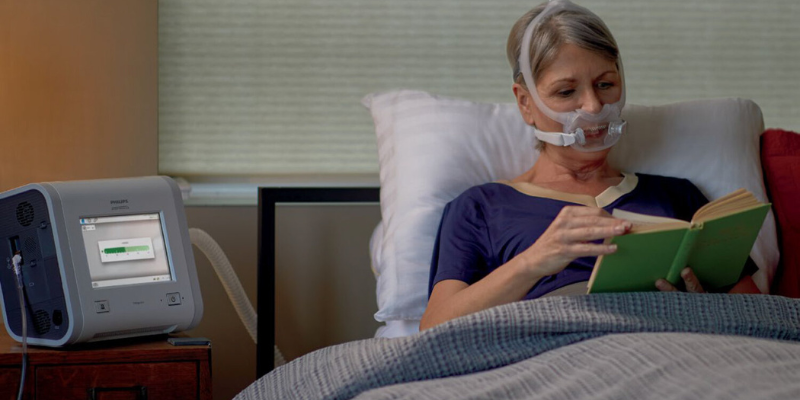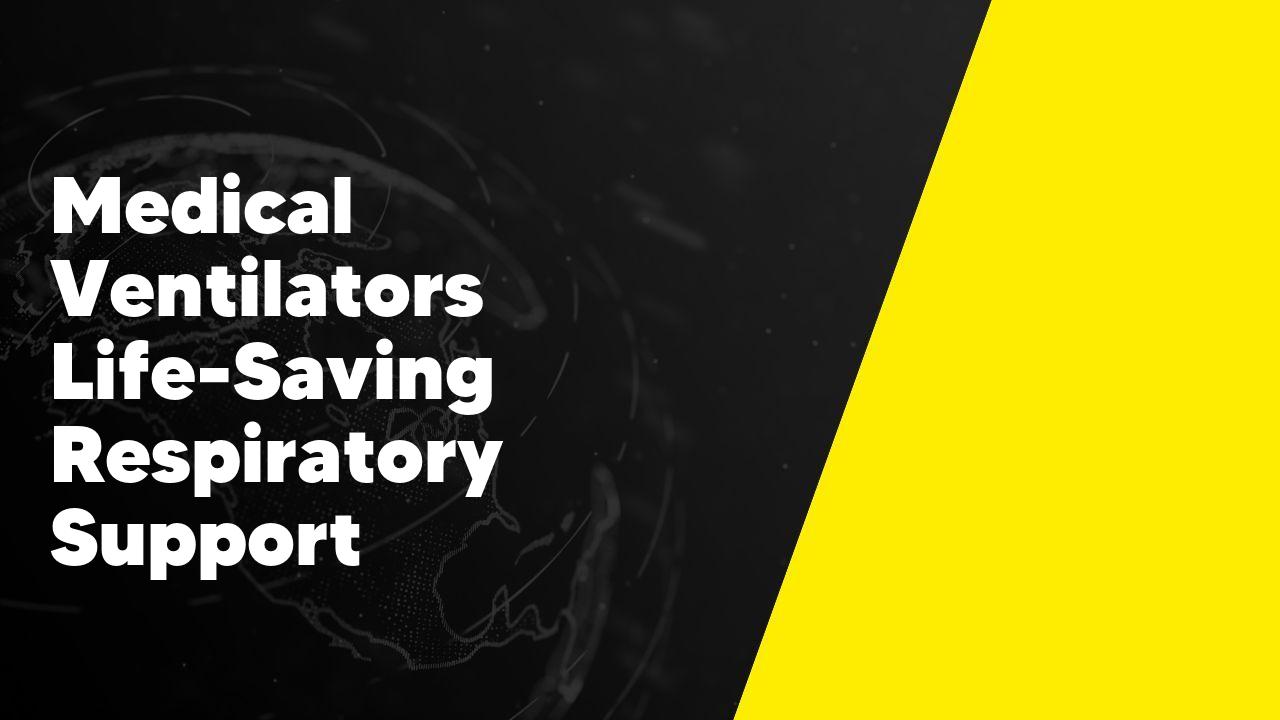Medical ventilators are essential devices used in hospitals to provide life-saving respiratory support to patients who are unable to breathe on their own. These machines deliver oxygen to the lungs and remove carbon dioxide from the body, helping patients with respiratory failure or other conditions that affect their ability to breathe. With the ongoing COVID-19 pandemic, the demand for ventilators has surged, highlighting their critical role in saving lives.
The Importance of Medical Ventilators in Providing Life-Saving Respiratory Support
Medical ventilators play a crucial role in providing life-saving respiratory support to patients in critical condition. These devices are designed to assist individuals who are unable to breathe on their own or have difficulty doing so. By delivering a controlled flow of oxygen into the lungs and removing carbon dioxide, ventilators help maintain proper oxygen levels in the body and prevent respiratory failure. This is particularly important for patients with conditions such as pneumonia, acute respiratory distress syndrome (ARDS), or those undergoing surgery. Without ventilators, these individuals would be at a high risk of organ failure and death. Therefore, the availability and proper use of medical ventilators are essential in saving lives and improving patient outcomes.
Understanding the Function and Purpose of Medical Ventilators

Medical ventilators are essential devices used in healthcare settings to assist patients with breathing difficulties. These machines deliver oxygen to the lungs and remove carbon dioxide from the body, ensuring proper gas exchange. Ventilators are commonly used in intensive care units, emergency rooms, and during surgeries. They are designed to support patients who are unable to breathe on their own or have compromised respiratory function. Ventilators work by delivering a controlled amount of air or oxygen into the patient’s lungs through a breathing tube or mask. The settings on the ventilator can be adjusted to meet the specific needs of each patient, including the rate and depth of breaths delivered. Overall, medical ventilators play a crucial role in providing life-saving support to patients with respiratory issues.
Types of Medical Ventilators and Their Applications in Respiratory Care
Medical ventilators are essential devices used in respiratory care to support patients who are unable to breathe on their own. There are several types of ventilators available, each with its own unique features and applications. One common type is the positive pressure ventilator, which delivers air into the patient’s lungs through a tube inserted into their airway. This type of ventilator is often used in emergency situations or during surgery. Another type is the negative pressure ventilator, which creates a vacuum around the patient’s chest to assist with breathing. This type is commonly used in cases of respiratory muscle weakness or paralysis. Overall, medical ventilators play a crucial role in providing life-saving respiratory support to patients in need.
The Role of Medical Ventilators in Treating COVID-19 Patients
Medical ventilators play a crucial role in treating COVID-19 patients who experience severe respiratory distress. These devices provide mechanical ventilation to support the patient’s breathing when their lungs are unable to function properly. By delivering oxygen-rich air into the lungs and removing carbon dioxide, ventilators help maintain adequate oxygen levels in the body. This is particularly important for COVID-19 patients who develop acute respiratory distress syndrome (ARDS), a severe lung condition that can be life-threatening. Ventilators also allow healthcare professionals to control the pressure and volume of air delivered to the patient, ensuring optimal lung function. However, due to the high demand for ventilators during the pandemic, there have been concerns about shortages and the need for alternative solutions.
Challenges and Innovations in Medical Ventilator Technology
Medical ventilators play a crucial role in providing life-saving support to patients with respiratory conditions. However, the field of medical ventilator technology faces several challenges and requires continuous innovation to meet the evolving needs of patients and healthcare professionals. One of the key challenges is the increasing demand for ventilators, especially during pandemics or other emergency situations. This has led to a shortage of ventilators in many healthcare facilities. Additionally, there is a need for more portable and user-friendly ventilators that can be easily operated by non-specialized healthcare personnel. Innovations in medical ventilator technology are focused on addressing these challenges by developing more efficient and cost-effective ventilators, incorporating advanced monitoring and control systems, and improving patient comfort and safety.
Ensuring Access to Medical Ventilators for Global Healthcare Systems
In order to ensure access to medical ventilators for global healthcare systems, it is crucial to address the current shortage of these life-saving devices. One approach is to increase production capacity by ramping up manufacturing efforts and collaborating with different industries to meet the growing demand. Additionally, it is important to prioritize the distribution of ventilators to areas with the highest need, such as regions experiencing a surge in COVID-19 cases. This can be achieved through effective coordination and communication between governments, healthcare organizations, and manufacturers. Furthermore, investing in research and development to improve the efficiency and affordability of ventilators can help make them more accessible to healthcare systems worldwide.
Conclusion
In conclusion, medical ventilators play a crucial role in providing life-saving respiratory support to patients in critical condition. These devices help to maintain proper oxygen levels and assist with breathing when the body is unable to do so on its own. With advancements in technology, medical ventilators continue to evolve and improve, ensuring better outcomes for patients in need of respiratory assistance.
What is a medical ventilator?
A medical ventilator is a machine that provides life-saving respiratory support to patients who are unable to breathe on their own.
How does a medical ventilator work?
A medical ventilator works by delivering a controlled amount of oxygen and air into the patient’s lungs. It also helps remove carbon dioxide from the body.
Who needs a medical ventilator?
Patients who are unable to breathe on their own due to conditions such as respiratory failure, lung disease, or trauma may require the use of a medical ventilator.
Are there different types of medical ventilators?
Yes, there are different types of medical ventilators available, including invasive ventilators that require a tube to be inserted into the patient’s airway, and non-invasive ventilators that deliver air through a mask or nasal prongs.
What are the risks associated with using a medical ventilator?
While medical ventilators can be life-saving, there are risks involved, such as lung damage, infections, and complications from prolonged use. These risks are carefully monitored and managed by healthcare professionals.
Can a medical ventilator be used at home?
In some cases, a medical ventilator can be used at home under the supervision of trained caregivers. However, this decision is made on a case-by-case basis and requires careful consideration of the patient’s condition and support system.

